Orbits
An orbit is the path an object in space travels around another. Lots of objects in the Universe orbit others. The Moon orbits the Earth.
Momentum
If an object is moving, it has momentum. This is what keeps an object moving in the same direction. The more momentum something has, the harder it is to change its direction or bring it to a stop.
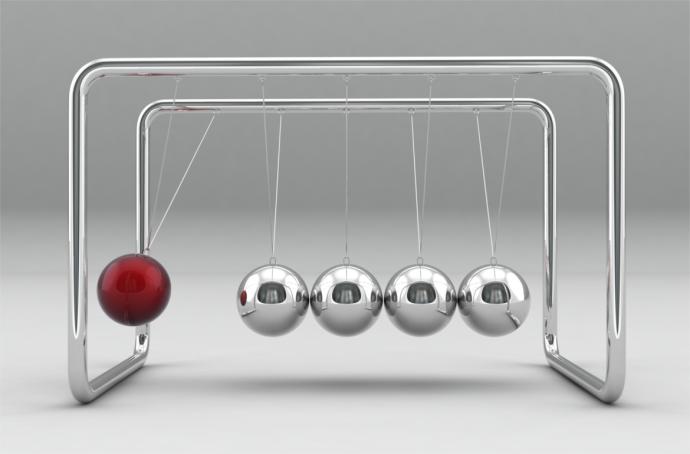
Magnetism
Since ancient times, people have known about some rocks that could attract iron. When these rocks were rubbed on other types of metal, they had the power to make them attractive too. These items could also push each other away, repelling each other.
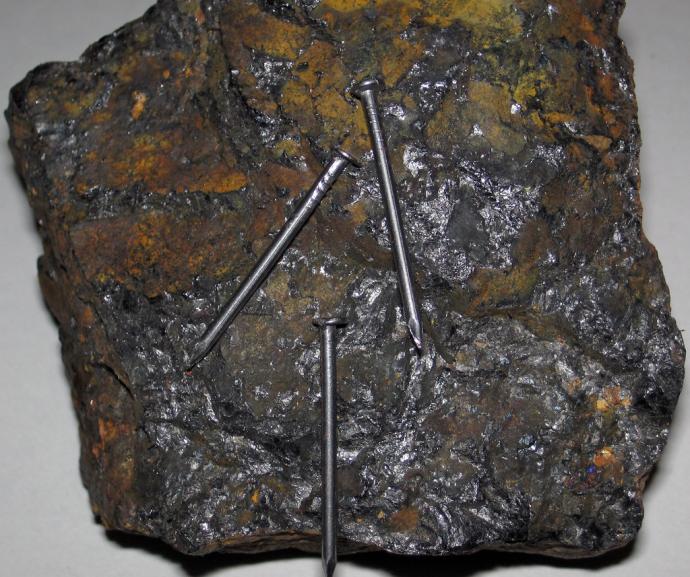
Gravitational Lensing
Space is not flat. It is 3D, and we say that everything in it is held together on an imaginary surface we call spacetime. The idea of spacetime was put forward in Einstein's theory of relativity.

Gravity
Gravity is the name of the force that pulls objects together. It is a non-contact force. This means it acts on objects that are not touching each other.
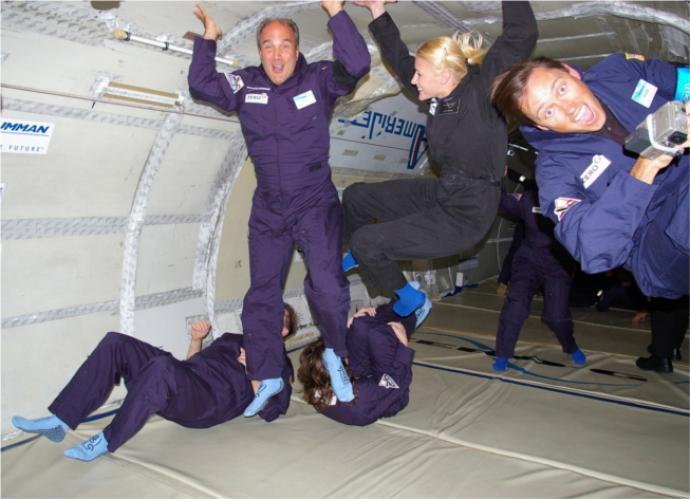
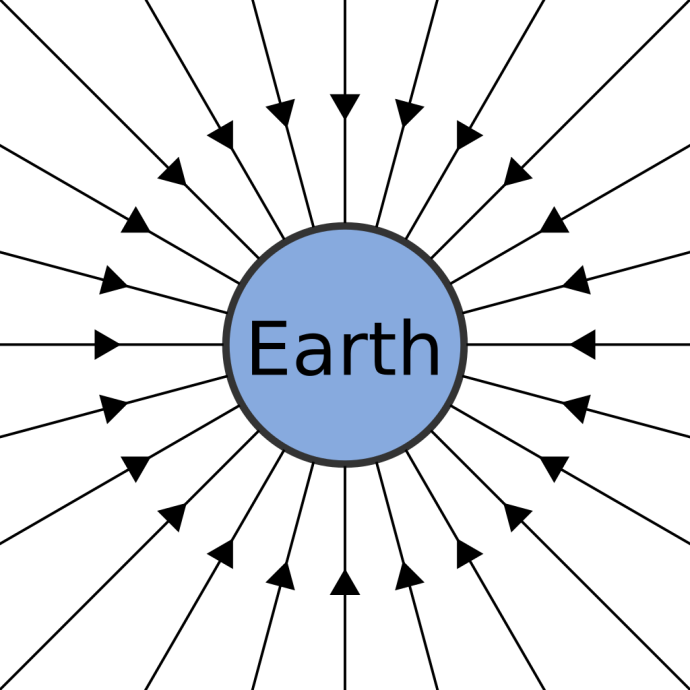
Understanding Forces
We know today of 4 different forces which rule the world around us.

Johannes Kepler
Occupation
Astronomer, Mathematician, Scientist, Teacher
Year born
1571
Research Areas
Planetary motion, Optics, Geometry
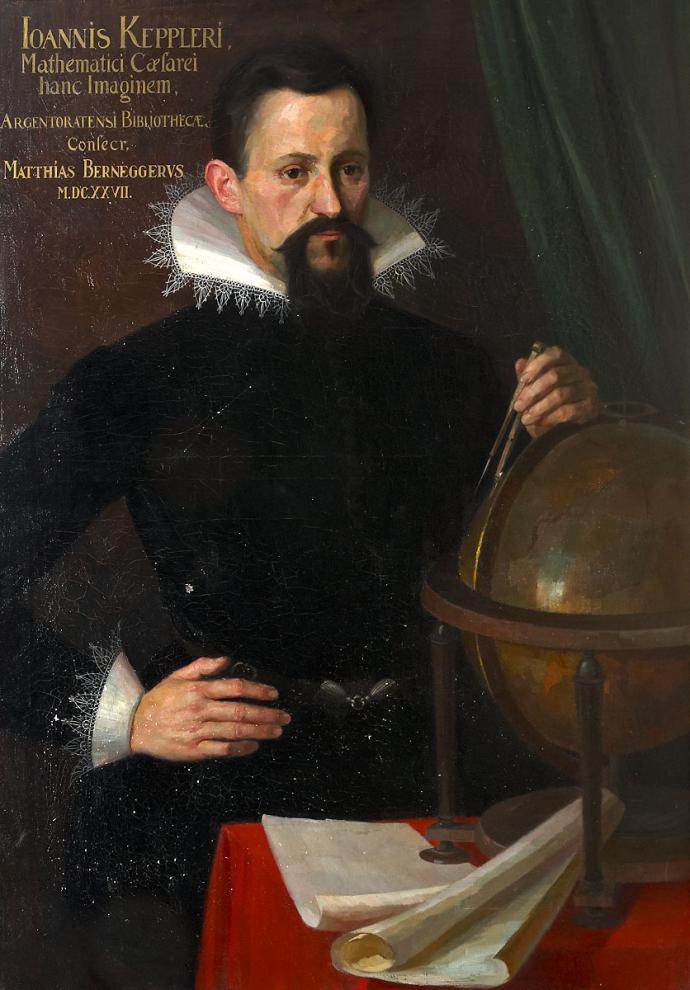
Make Your Own Impact Crater
How Do Satellites Stay In Orbit?
A satellite is an object which orbits another. An orbit is the curved path that an object in space takes around another object.
